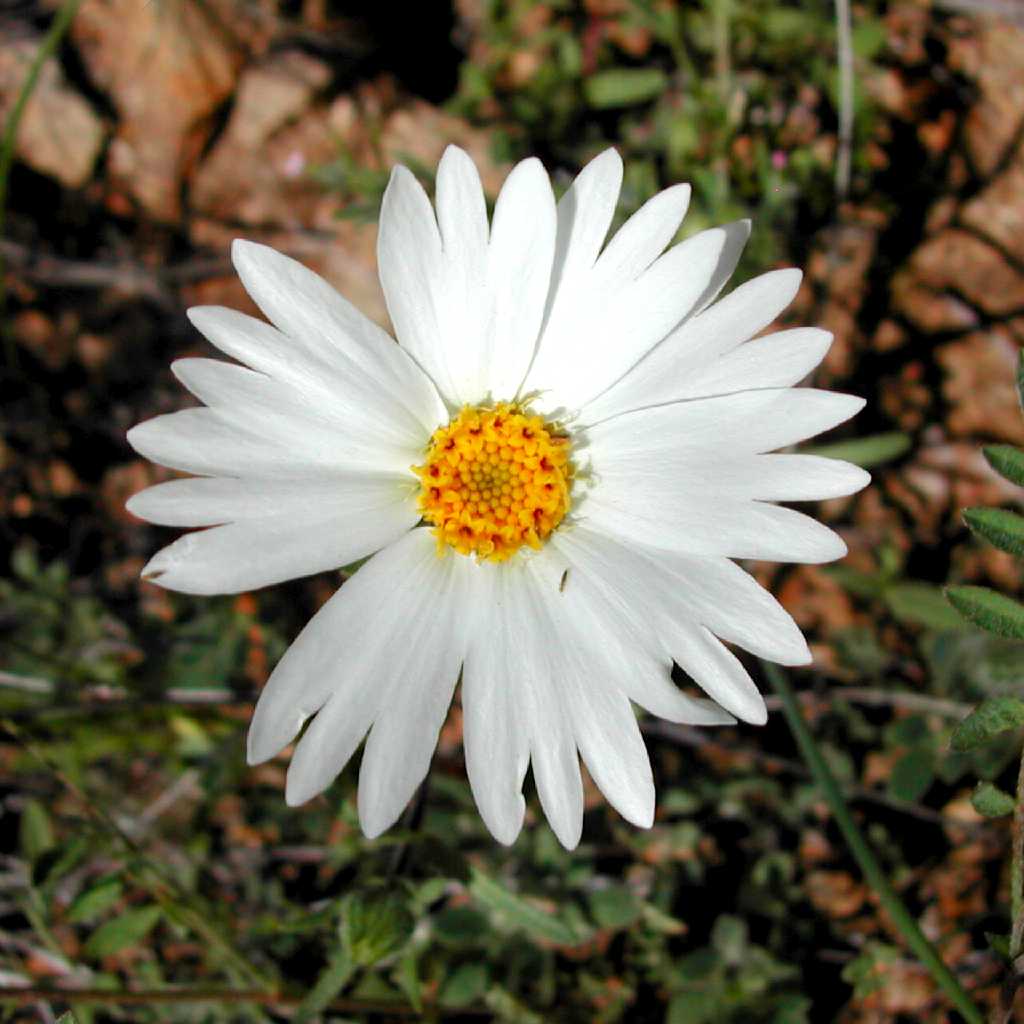Annuals, 2-60(-130) cm. Stems usually ± erect (prostrate in L. chrysanthemoides and L. platyglossa of coastal bluffs). Leaves mostly cauline; proximal opposite, most alternate; sessile; blades ovate, lanceolate, or oblanceolate to linear, sometimes 1-2-pinnatifid, ultimate margins toothed or entire, faces glabrous or hirsute to strigose (distal leaves sometimes stipitate-glandular as well). Heads usually radiate (discoid in L. discoidea), borne singly or in ± corymbiform arrays. Peduncular bracts: pit-glands, tack-glands, and/or spines 0. Involucres ± hemispheric, campanulate, cylindric, ellipsoid, obconic, or urceolate, 2-15+ mm diam. Phyllaries 0 (then outer paleae functioning as phyllaries, in L. discoidea), or 3-27 in 1(-2) series (lanceolate to lance-attenuate or oblanceolate, herbaceous, each usually wholly enveloping a subtended ray ovary, abaxially hirsute to strigose or scabrous, sometimes glandular). Receptacles flat to convex, setulose, paleate (paleae falling, in 1 series, between rays and discs or subtending ± all disc florets, distinct, phyllary-like, more scarious). Ray florets 0 or 3-27, pistillate, fertile; corollas yellow, cream, white, or bicolored. Disc florets 5-120+, bisexual, fertile; corollas yellow, tubes shorter than funnelform throats, lobes 5, deltate (anthers ± dark purple or yellow to brownish; styles glabrous proximal to branches). Ray cypselae obcompressed, clavate (± arcuate to falcate, basal attachments central, apices beakless, faces glabrous or sparsely hairy); pappi 0. Disc cypselae ± clavate (usually ± strigose to sericeous, sometimes glabrous); pappi 0 or of 1-32 elliptic, lance-attenuate, ovate, setiform, or subulate, glabrous, scabrous, or plumose scales or bristles (often each basally villous and/or adaxially woolly). x = 8.
Layia is evidently most closely related to Lagophylla based on molecular phylogenetic data. Species of Layia with 2n = 14 constitute a clade that has been regarded as exemplary of geographic diversification (speciation) in plants (J. Clausen 1951; B. G. Baldwin, unpubl.). All members of Layia except L. carnosa and L. hieracioides are self-incompatible.








